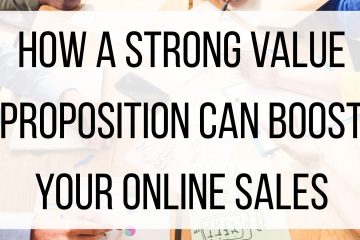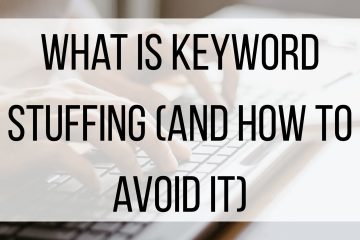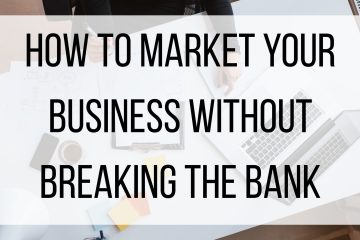Hashtagging 101 – The Power of #Hashtags
Hashtags create a unique opportunity for businesses to connect with audiences and implement new branding strategies. Twitter was the first social network to utilize hashtags and they soon became one of the most important components of a tweet. Hashtags made it possible for Twitter users to engage in conversations based on specific discussion topics. Facebook, Instagram, Vine, Pinterest, Google + and Tumblr have also jumped on the band wagon and incorporated hashtags into their platforms. Although, just because everyone is using them doesn’t mean you need to go hashtag overboard. Like any marketing technique, there are right and wrong ways to use hashtags.
Types of Hashtags for Businesses
- Brand Hashtags: Hashtags that are brand-specific contain your business’ name or slogan. They are promoted continuously throughout your marketing efforts. Brand-specific Hashtags generate brand awareness and spread word-of-mouth.
- Campaign Hashtags: Campaign hashtags promote the marketing campaigns that your business is currently running. An example of this would be using a unique hashtag that people can use enter a sweepstakes your business is currently offering.
- Trending Hashtags: Trending hashtags are ones focused around the latest news and popular topics in real time. Trending hashtags are ones you know will be heavily used because there is already a high traffic conversation around the topic. Trending topics are the most popular subjects discussed on Twitter or Google +. There is a lot of insight you can gain from researching trending hashtags and it is a great way to learn what others are interested or not interested in. Businesses can also use trending hashtags to their advantage by gaining visibility and expanding their audience just by joining in on a trending conversation related to their industry.
Optimizing your Hashtags
- Keep it simple – When creating a hashtag, try making it as short as possible while keeping it relevant. Shorter hashtags are easier for your audience to remember and post.
- Make it unique – There are many hashtags out there on the Internet. When you are creating hashtags they should be unique to all the other hashtags out there. Do a quick search to see if it’s a hashtag that’s already in use.
The Benefits of Hashtags
- Increase user-generated content – The main goal of hashtags are to promote user-generated content. When a hashtag is promoted correctly it gives your audience a reason to share. Brands have the opportunity to pull content from time to time and publicly recognize an individual user based on their use of a hashtag. The possibility of being selected will encourage people to use your brand hashtags even more.
- Keep your conversations in one place – By designated a hashtag to a specific conversation or campaign, you will be able to track all the feedback tied to your brand and that hashtag.
- Spread word-of-mouth and increase brand awareness – Hashtags can be a cost-effective alternative for promoting your marketing campaigns. By getting your customers to post your hashtag, you have the opportunity to multiply your impression and campaign reach. A hashtag gets people talking about a topic and links every conversation around that hashtag back to your brand. This can expand your reach to new audiences through the most powerful type of advertising: word-of-mouth.
How Many Hashtags Should You Use?
- Facebook – When Facebook first introduced hashtags, it didn’t work well. There has been a lot of research done on whether or not hashtags have any impact on Facebook for increasing reach. It turns out the answer is no. Surprisingly, Facebook posts without hashtags outperform Facebook posts with hashtags.
- Twitter – Twitter invented hashtags. Tweets with hashtags get 2 times more engagement than tweets without. That means by using a hashtag in your tweet you get 2 times more clicks, retweets, favorites, and replies. However, you’ll want to keep to your hashtags to no more than two. Tweets with more than 2 hashtags drops engagement by an average of 17%.
- Instagram – Instagram is a hotspot for hashtags. Research shows that interactions are highest on Instagam posts with 11+ hashtags!
- LinkedIn – There is no need for hashtags on LinkedIn.
- Google + – Google + is Google’s social network and hashtags are now built into Google searches. If you aren’t already using hashtags on Google +, it is a smart move to start using them now. A fun fact about Google + is that you can double your opportunities of being found by adding hashtags in your comments as well as your posts. There really is no limit to how many hashtags to use on Google + as long as they are relevant to the content your are sharing.
- Pinterest – The Pinterest search is strong enough that you don’t need hashtags to find content. Like LinkedIn, there is no need for hashtags on Pinterest either.
Hashtags have been around for almost a decade and are showing no signs of disappearing any time soon. If you are not already using hashtags in your social media marketing it is time to start. If you are a vendor with BMT Micro and you need help with your social media marketing, we may be able to help. A Marketing Analysis and other Marketing services are currently available for our vendors. If you would like to learn more about the services we offer, please contact our Marketing Specialist via email at leah@bmtmicro.com for more information.



